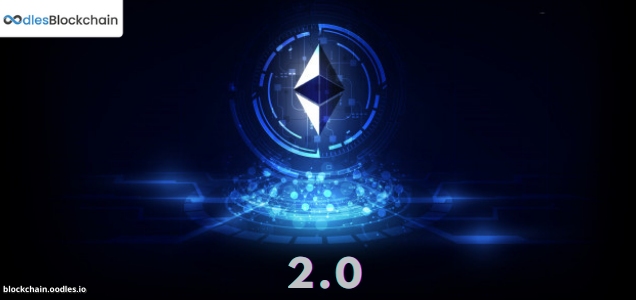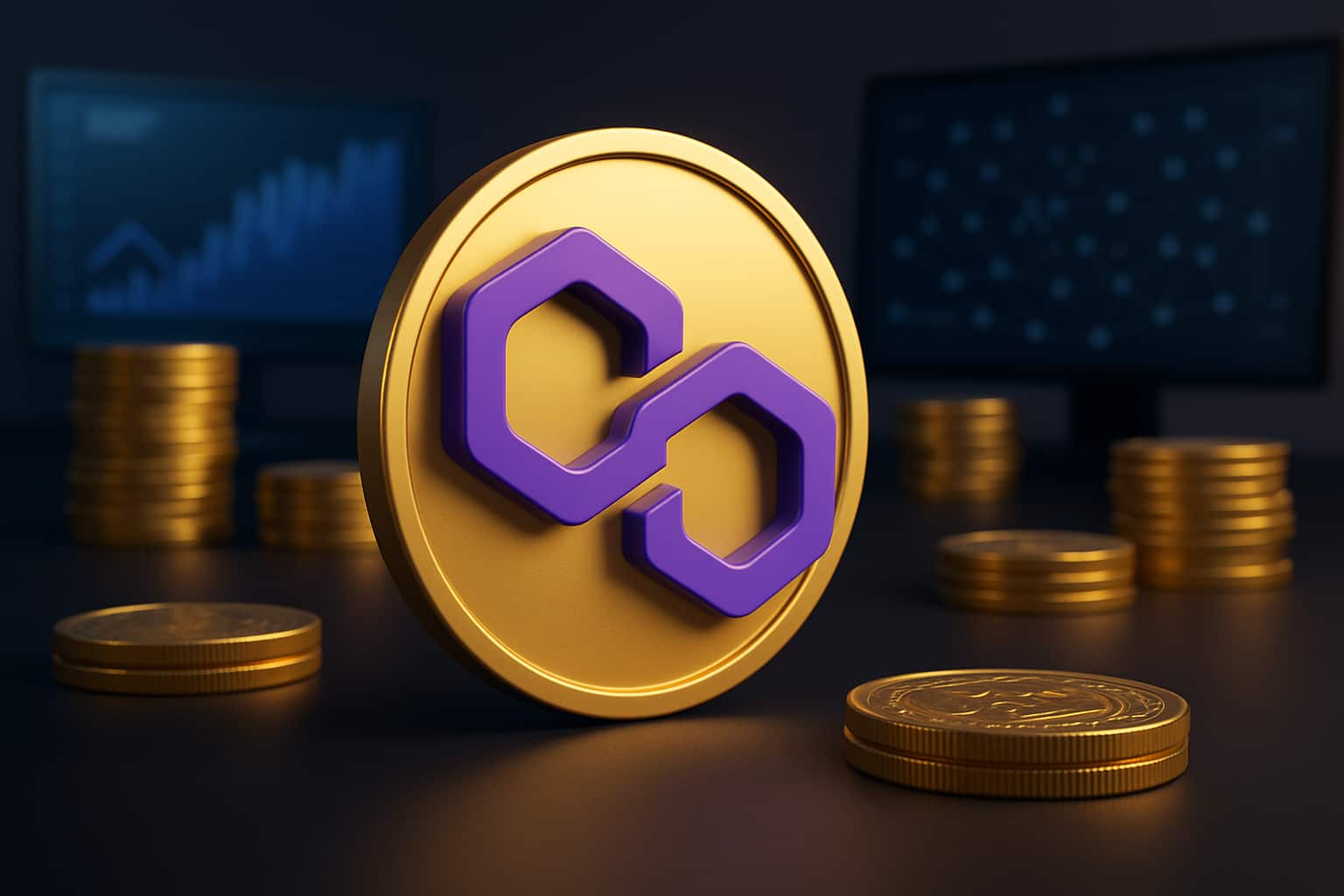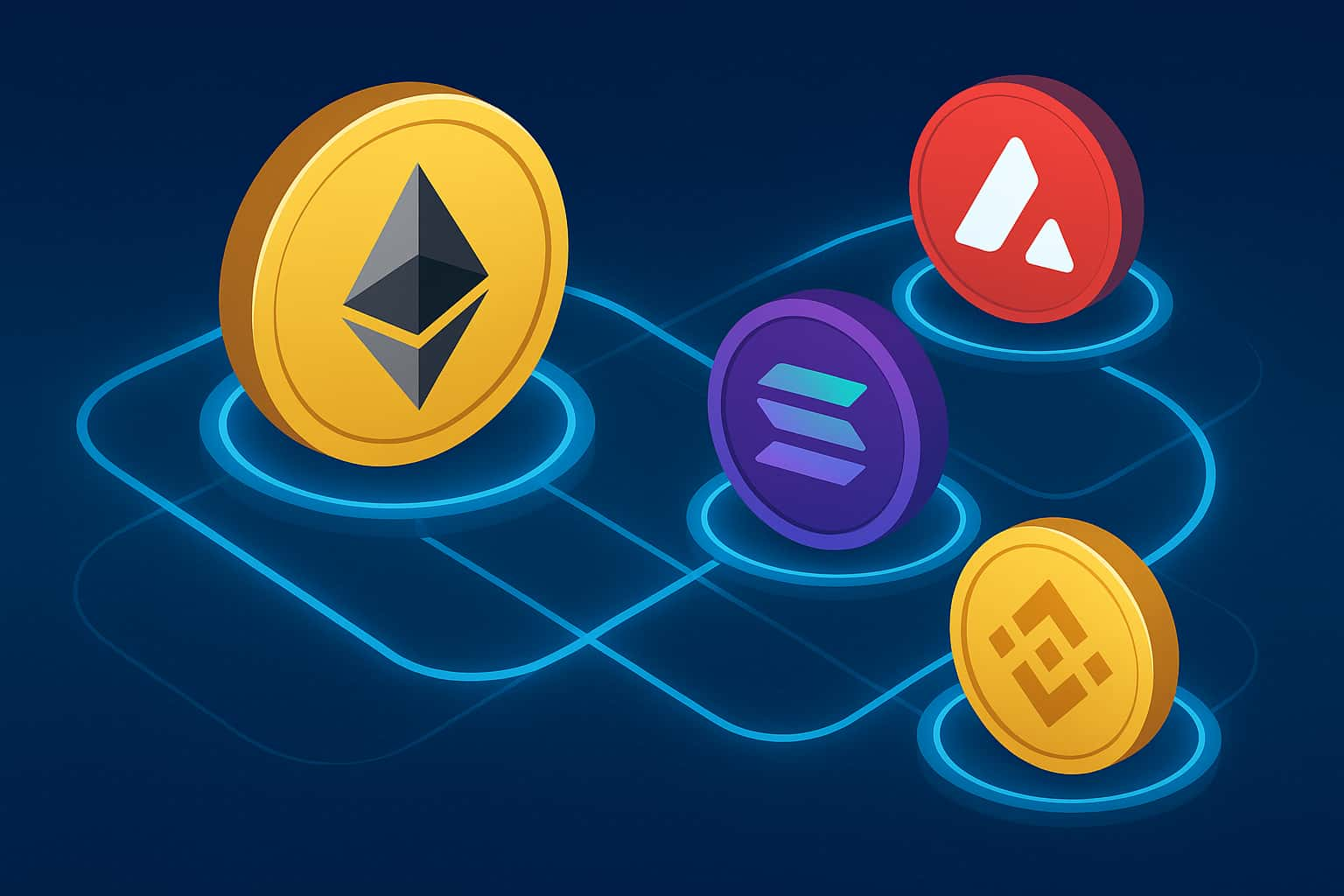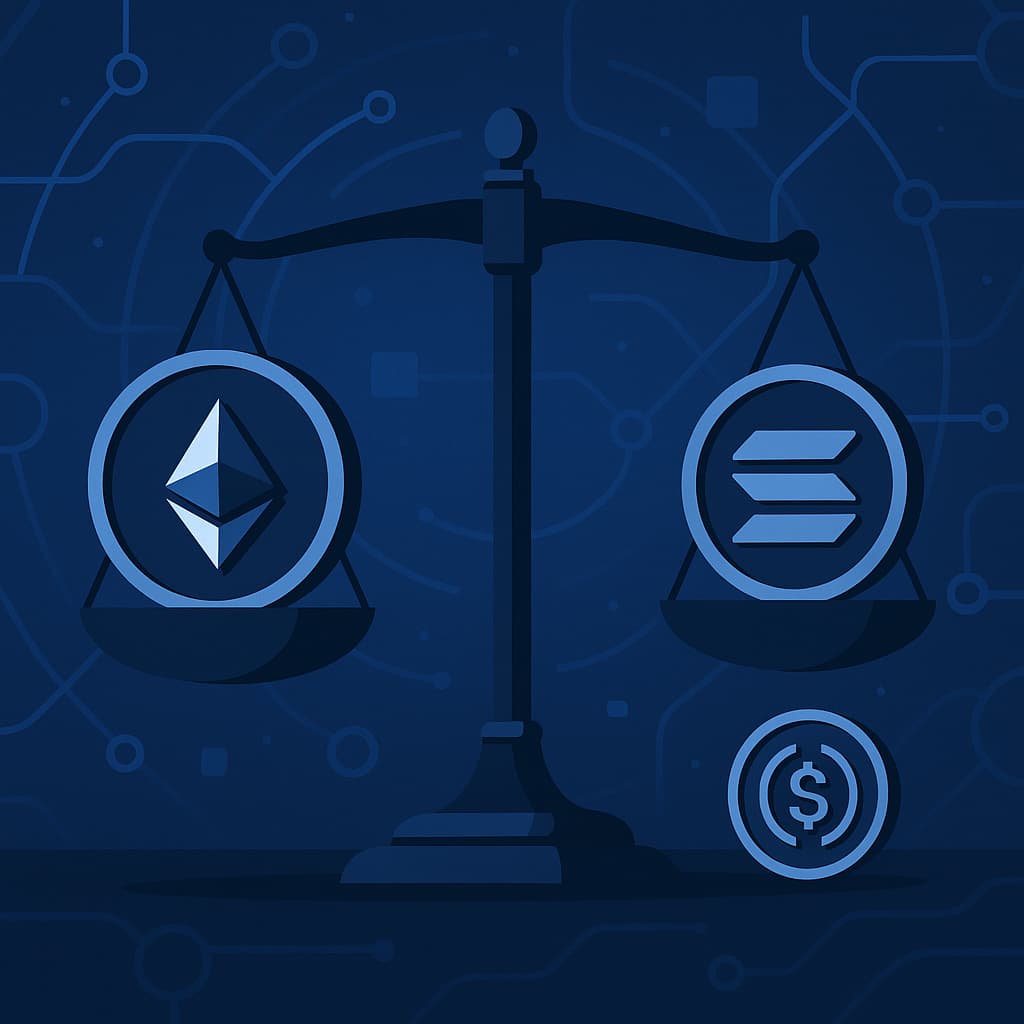-
The crypto business is in a pickle since it is hailed as a game-changer for the financial sector, yet it also contributes significantly to growing carbon emissions. Bitcoin uses a ridiculous amount of energy owing to its mining using fossil fuels, and it has already sparked worldwide criticism over climate change worries. Going green will be a must for cryptocurrencies if they want to secure their place in the future. Does Ethereum 2.0 address these challenges while providing new, advanced features for Ethereum blockchain app development? Let's find out. While the fate of Bitcoin is unknown, Vitalik Buterin, the developer of the Ethereum blockchain, is convinced that a solution is not far away. He's now working on a long-promised rewrite of Ethereum's code, which has been in the works since 2019. But it's not as simple as it seems, because the blockchain can perform more jobs than Bitcoin, such as data storage, decision support, and value distribution automation via smart contracts. The latest blockchain version contains dramatic changes like a whole new idea for creating currencies, speedier transactions, and a 99 percent reduction in energy use.
What will the new Ethereum 2.0 blockchain bring to the table?
It'll be known as Ethereum 2.0, and it'll go from a "proof-of-work" (PoW) paradigm to a "proof-of-stake" (PoS) one. Bitcoin makes use of the latter, and it uses a lot of energy since computers compete to execute transactions and earn incentives (these rewards are technically mined coins). Participants in PoS, on the other hand, are referred to as validators rather than miners. Each validator must place a bet as collateral. Stakers are compensated with Ether in exchange for their contributions. As a result, it's being collected as passive income, with dividends coming in overtime. It's important mentioning that Ethereum is the blockchain, and Ether is the coin it uses. Because the cryptographic work is less difficult, the new technique saves a lot of energy. Each node must stake its money in order to participate in the process. Instead of having millions of processors chasing the same transaction, PoS allocates one at random to the work. To stake on the new network, a user must have a minimum of 32 Ether. Also, Read | Ethereum Blockchain Solutions for Enterprises
Understanding Ethereum 2.0?
Ethereum 2.0 (also known as Eth2) is just an update to the Ethereum blockchain's current version. The goal of Ethereum 2.0 is to eliminate bottlenecks that exist in the current version while also increasing the scalability and speed of transactions on the Ethereum network. Several characteristics distinguish Ethereum 2.0 from Ethereum, the most notable of which is the structure and architecture. "Proof of stake" and "sharding" are fundamental features of Ethereum 2.0. Let's take a closer look at the characteristics of Ethereum 2.0:
Shift to Proof of Stake Consensus Mechanism
The consensus process used by Ethereum is different between the two versions. While Ethereum uses a proof-of-work (POW) system, Ethereum 2.0 uses a proof-of-stake (PoS) approach. Anyone (miners) who solves the problem first adds a transaction to the blockchain, which includes all previous transactional data. Transactions in the POS system, on the other hand, are confirmed using algorithms via validators rather than miners. Once the majority of validators have accepted the block, it is put to the blockchain. As a result, Pos substantially decreases the process's complexity.
Sharding for Faster Processing
A processing method known as sharding is another element that improves Ethereum's performance in the updated version. Previously, any data contributed to the blockchain had to be confirmed by all participating nodes, which drastically slowed processing, created bottlenecks, and increased transaction fees; however, sharding overcomes these issues. Sharding divides the work of data verification into smaller groups of nodes, with nodes only validating the data they have received. Because not every node is necessary to validate the data, the total capacity increases dramatically. Also, Read | Enterprise Ethereum Blockchain Use Cases and Applications by Industry
Enhanced Scalability
Ethereum 2.0 can process up to 10,000 transactions per second, compared to 30 transactions per second in the previous version. This eliminates bottlenecks and significantly improves transaction speed. As a result, transactions are more efficient and transactions are completed faster.
Improved Security
In its 2.0 update, Ethereum also offers extra protection. While most PoS networks only need a few validators, lowering network security, Ethereum 2.0 requires a high number of validators, making it more decentralized and secure.
Improved Sustainability
To secure a blockchain, the Proof of Work (Pow) methodology utilizes fewer computational resources. As a result, the technology used to validate Ethereum 2.0 transactions uses less power and, as a result, uses less energy. This is beneficial to the environment. As a result, Ethereum 2.0 is a quicker, safer, and more advanced version of the Ethereum blockchain. Also, Read | Enterprise Ethereum: A Platform for Private Blockchain Solutions
What does this Upgrade Mean for Ethereum Users?
A security that is both cost-effective and efficient in terms of energy use
By matching the economic incentives of validator nodes, the PoS model to which Ethereum is transitioning offers an economically efficient and flexible approach to validate blocks; in the words of Vitalik Buterin, "security comes from putting up economic value-at-risk." PoS encourages increased geographic decentralization since it is also very energy efficient.
A More Beneficial Experience
Users will have a better overall experience utilizing the network due to enhancements in the transaction fee structure, which will result in lower costs and quicker transaction times. The value of a positive user experience cannot be overstated. Users must like utilizing the technology in order for it to be widely adopted.
Economically Advantageous
The burning of the BaseFee not only improves the user experience but also internalizes revenue that is now going to miners, implying that ETH will become a productive asset because it is a needed consumable for transactions. Furthermore, burning ETH reduces inflation, possibly transforming it into a deflationary asset and legitimizing it as a store of value. The condition of Ether as a liquid asset will become rarer; the majority of ETH will either be locked up in smart contracts and DeFi or burnt via transactions. Listen to this podcast for additional information on the economic consequences of ETH.
Developing on a Large Scale
The Ethereum Developer community will benefit from lower transaction costs and chain sharding. Developers will be able to construct decentralized protocols at scale without sacrificing security, and space will be more innovative as a result of these additional capabilities. For more information about the major upgrade and how you can begin development with it, connect with our Ethereum blockchain developers.

Our Offices
INDIA
Emaar Digital Greens, Sector 61,
Gurugram, Haryana
122011.
Welldone Tech Park,
Sector 48, Sohna road,
Gurugram, Haryana
122018.














